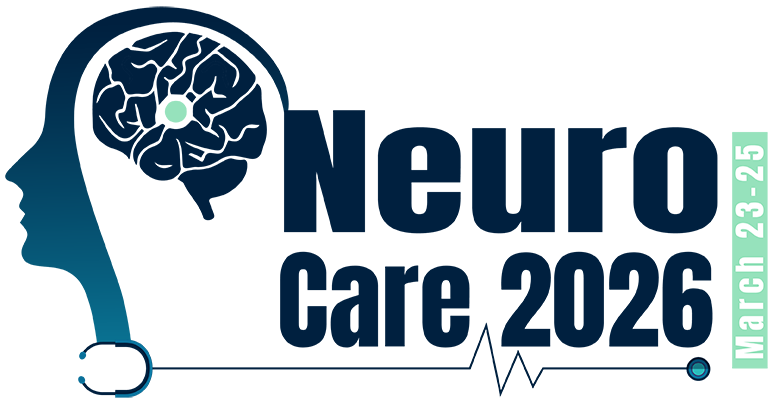Balance and Coordination Disorders
Balance and Coordination Disorders arise when the brain, cerebellum, or inner ear mechanisms that control equilibrium are disrupted. These disorders can result from stroke, head injury, neurodegenerative diseases, or vestibular dysfunction, leading to unsteady movement, dizziness, and falls. They profoundly affect independence and mobility, making early diagnosis and therapy essential.
The Balance and Coordination Disorders session focuses on understanding the neural and vestibular systems responsible for posture and movement control. This includes cerebellar integration, sensory feedback, and motor planning. Researchers are exploring innovative rehabilitation methods and wearable technologies that restore functional balance. Highlights from the Balance and Coordination Disorders Conference showcase advances in neurorehabilitation, virtual reality training, and sensorimotor feedback systems enhancing motor recovery. Participants will also examine neuroplasticity and how targeted exercises retrain neural pathways for improved coordination.
This multidisciplinary session brings together neurologists, physiotherapists, otolaryngologists, and rehabilitation specialists to discuss state-of-the-art interventions for motor restoration. Understanding how cerebellar and sensory circuits communicate enables clinicians to design effective rehabilitation programs. Findings in Brain Stroke Rehabilitation and cerebellar research continue to inspire new methodologies for patient-specific therapeutic designs.
Ready to Share Your Research?
Submit Your Abstract Here →Present your research under Balance and Coordination Disorders
Key Focus Areas
Cerebellar and Vestibular Function
- Neural integration of visual, proprioceptive, and vestibular inputs
- Role of cerebellum in adaptive motor learning
Diagnostic Evaluation and Imaging
- Clinical balance assessments and vestibular testing
- Imaging tools identifying cerebellar lesions and sensorimotor deficits
Rehabilitation and Therapeutic Interventions
- Balance retraining, proprioceptive stimulation, and virtual reality therapy
- Gait stabilization and postural correction techniques
Technology and Assistive Devices
- Wearable motion sensors for monitoring rehabilitation progress
- Robotics-assisted therapy enhancing motor control
Neuroplasticity and Cognitive Involvement
- Rewiring neural circuits through repetitive motor training
- Cognitive–motor integration improving balance performance
Why Attend This Session
Understand Neural Basis of Coordination
Gain a deep understanding of how sensory and cerebellar networks maintain equilibrium.
Enhance Clinical Diagnosis and Treatment
Learn evidence-based rehabilitation strategies for movement and posture correction.
Adopt Technological Advancements
Explore digital tools and robotics transforming balance rehabilitation.
Collaborate with Rehabilitation Experts
Engage in discussions with clinicians improving outcomes in balance restoration
Promote Neuroplastic Recovery
Discover methods that utilize the brain’s adaptability to restore movement coordination.
Related Sessions You May Like
Join the Global Neurology & Neuroscience Community
Connect with leading neurologists, neuroscientists, and healthcare professionals from across the globe. Share your groundbreaking research and gain insights into the latest advancements in brain science, neurological disorders, and innovative therapies shaping the future of neuroscience.
